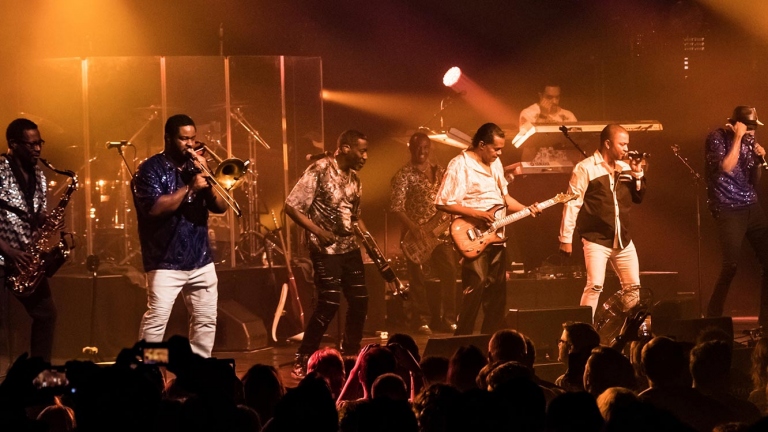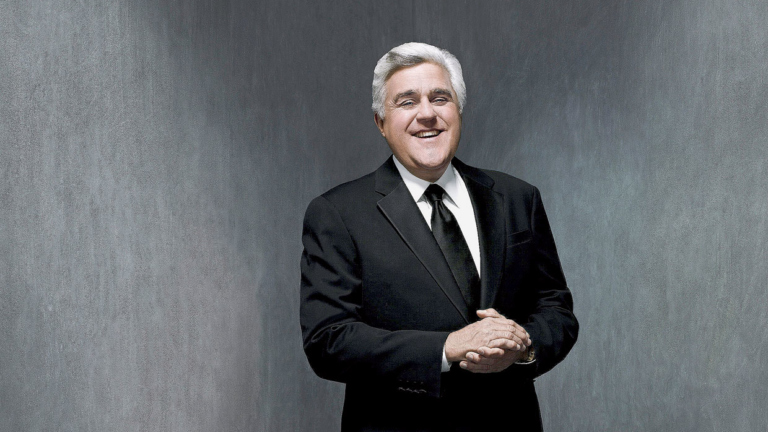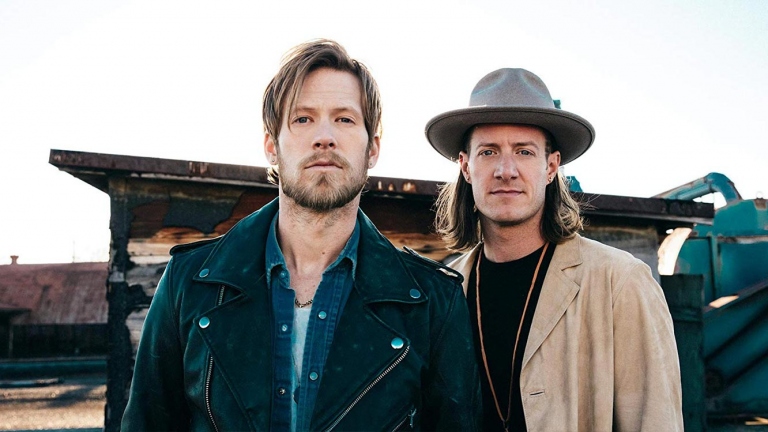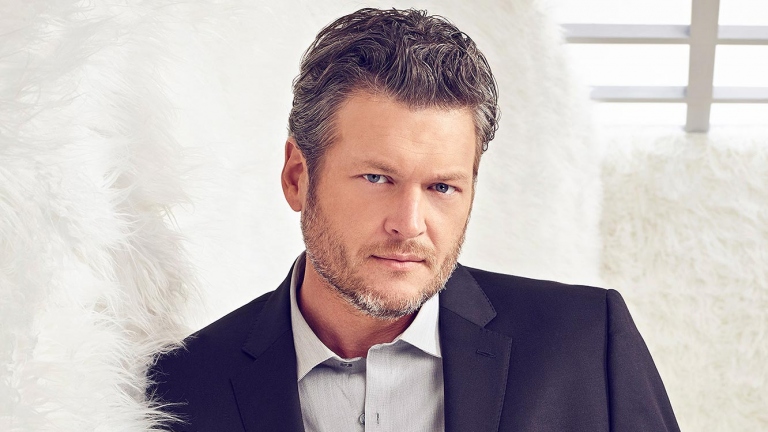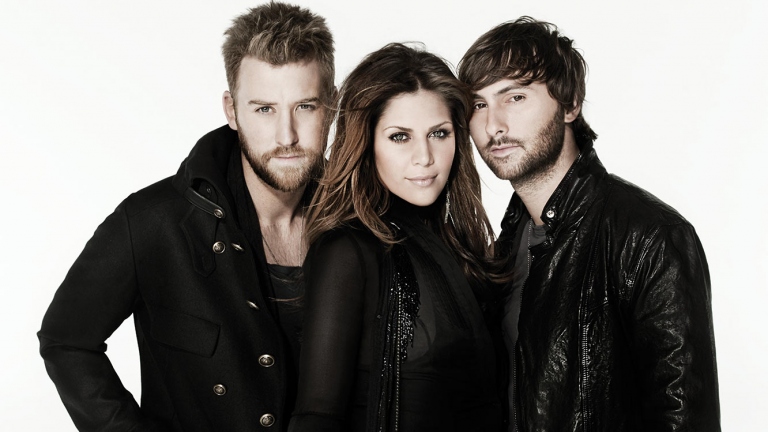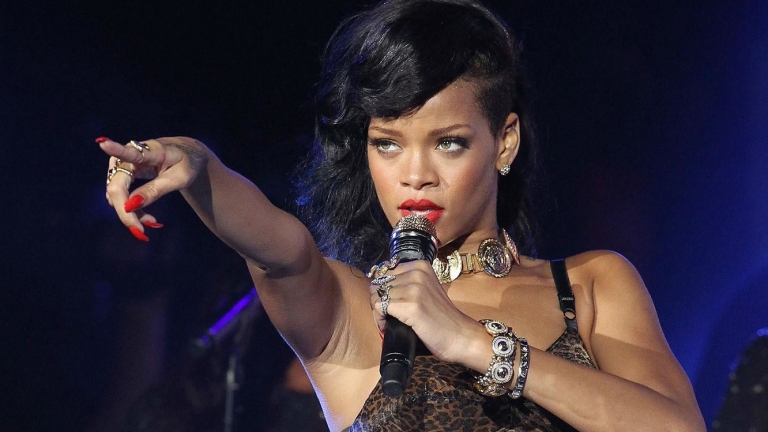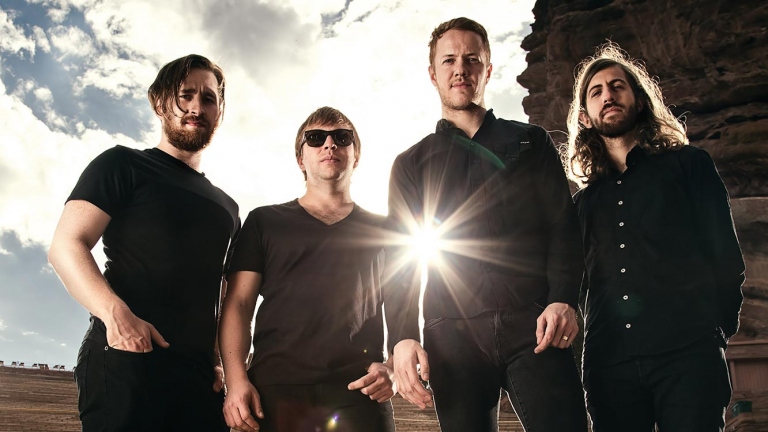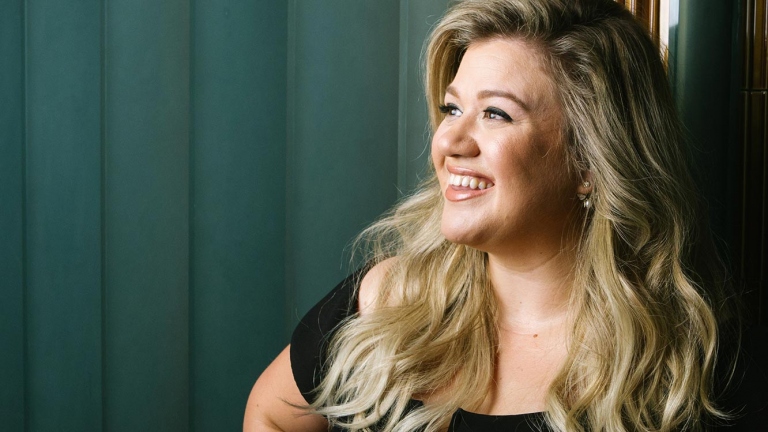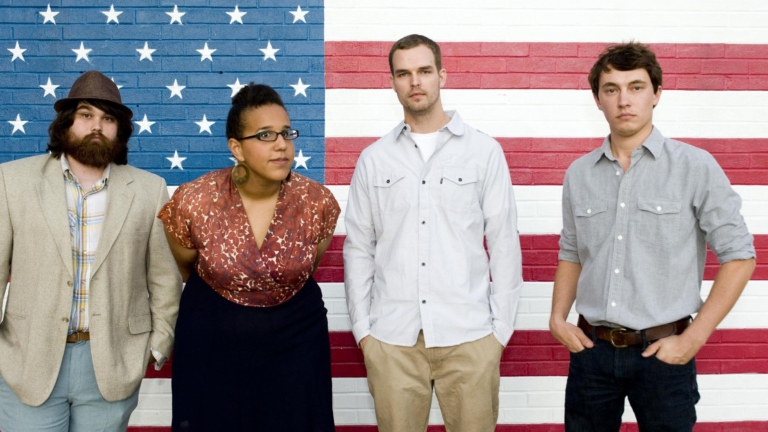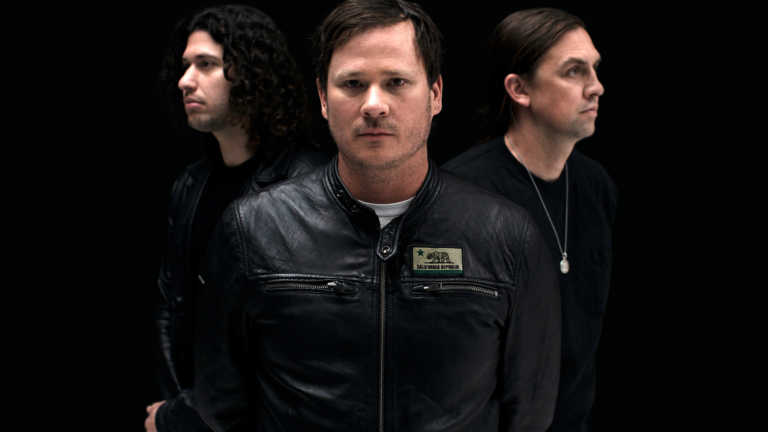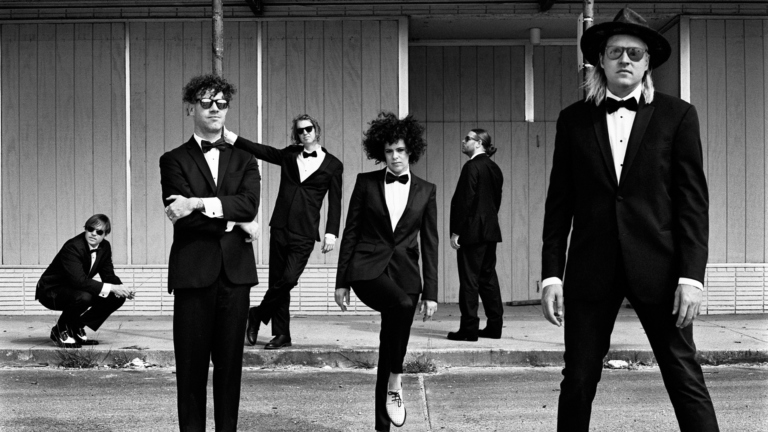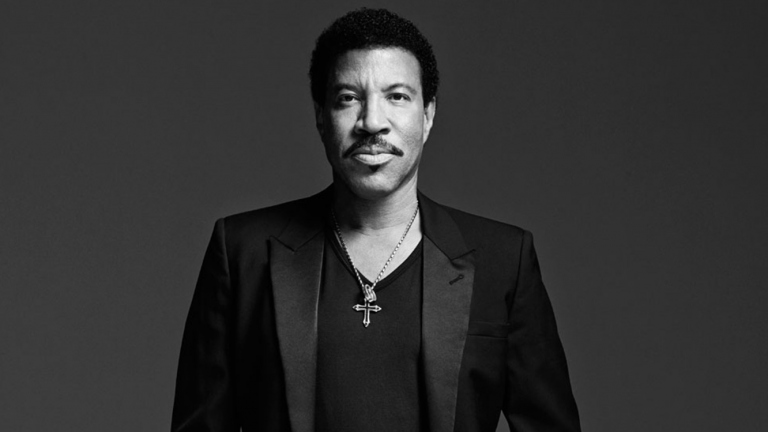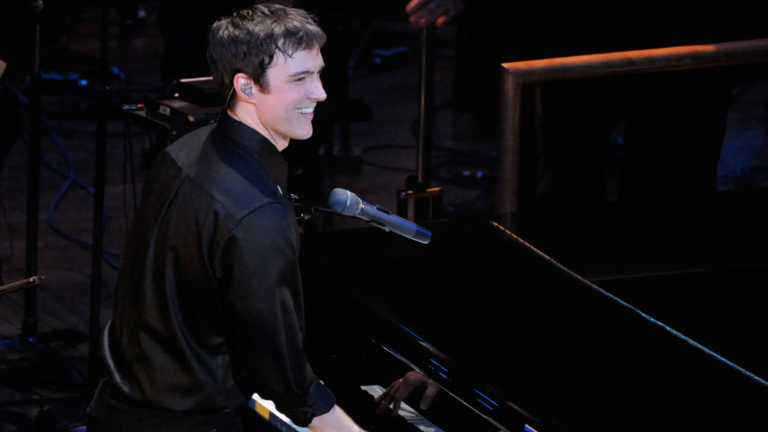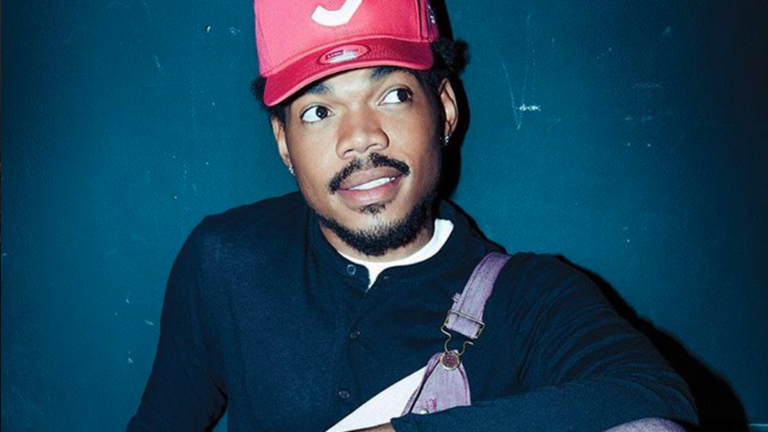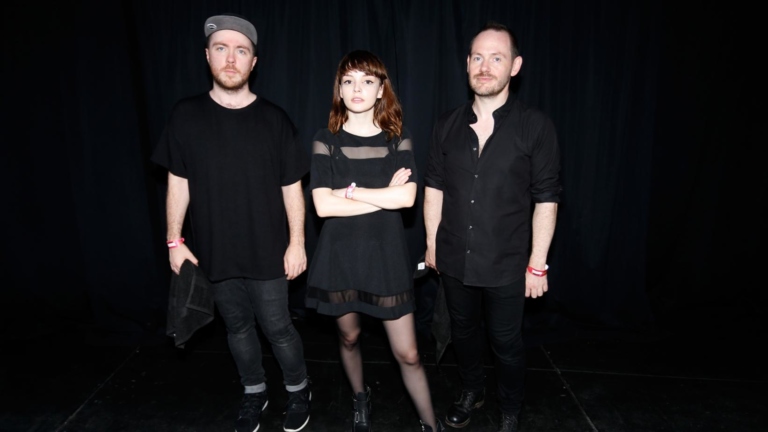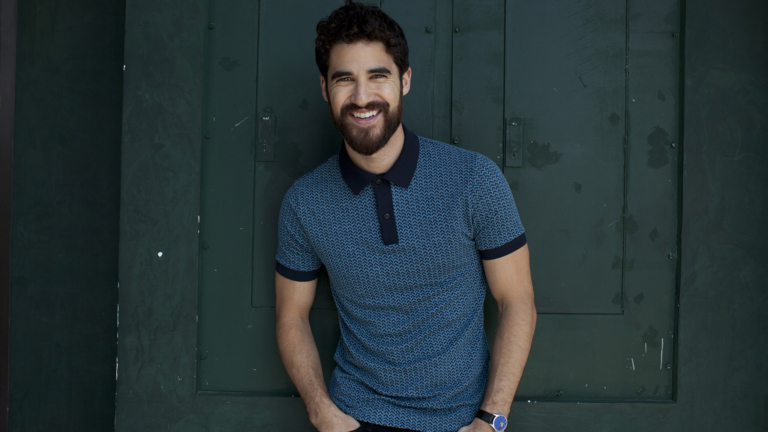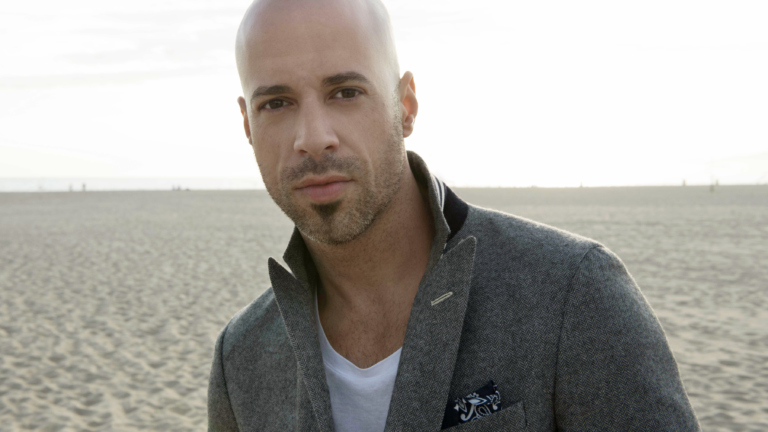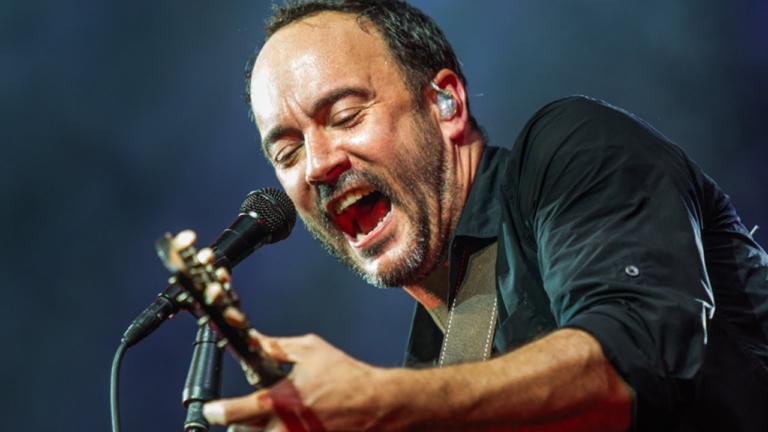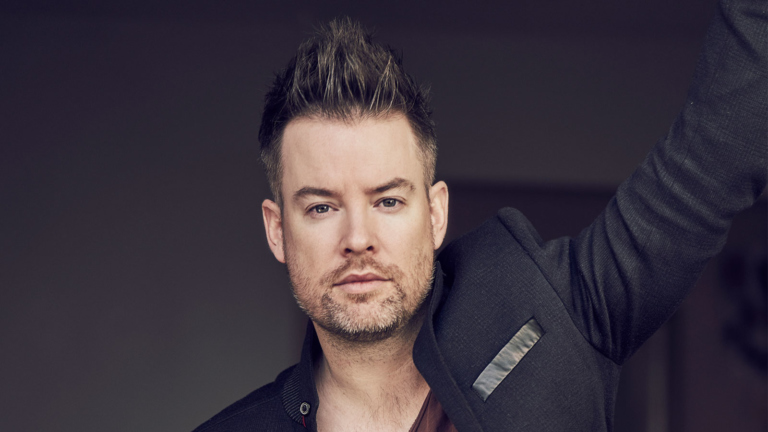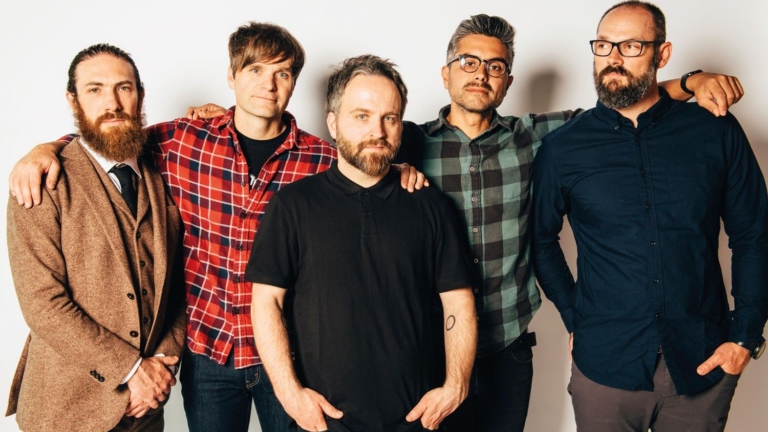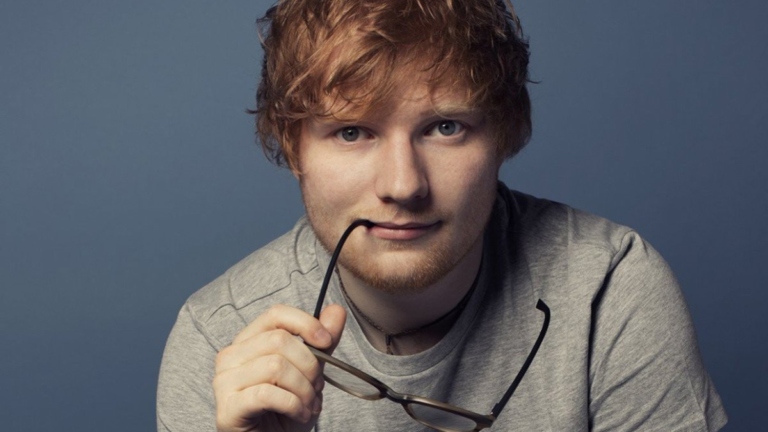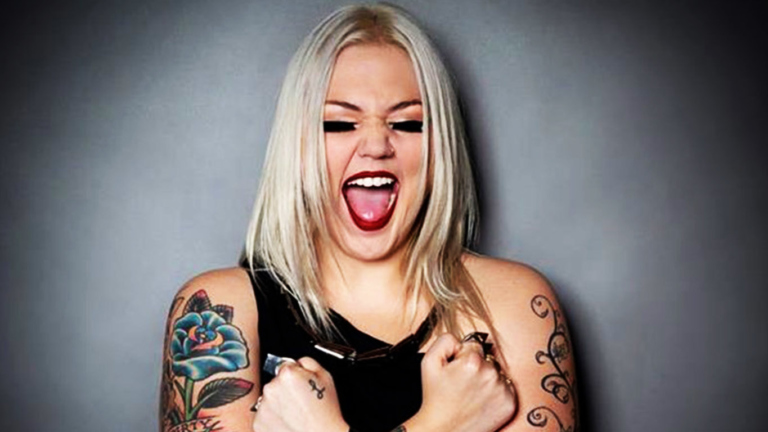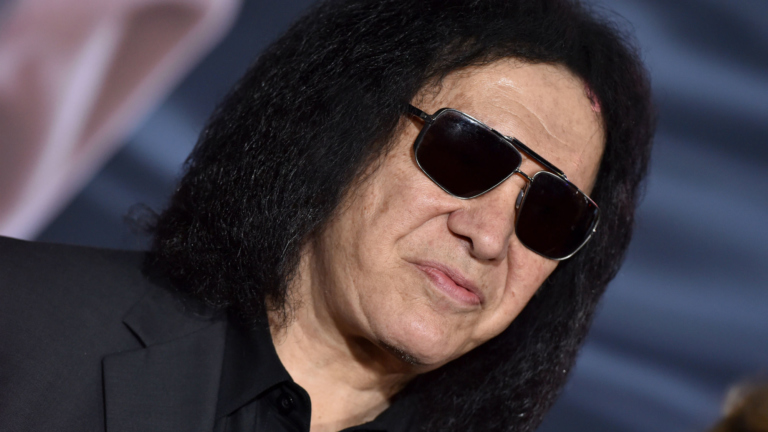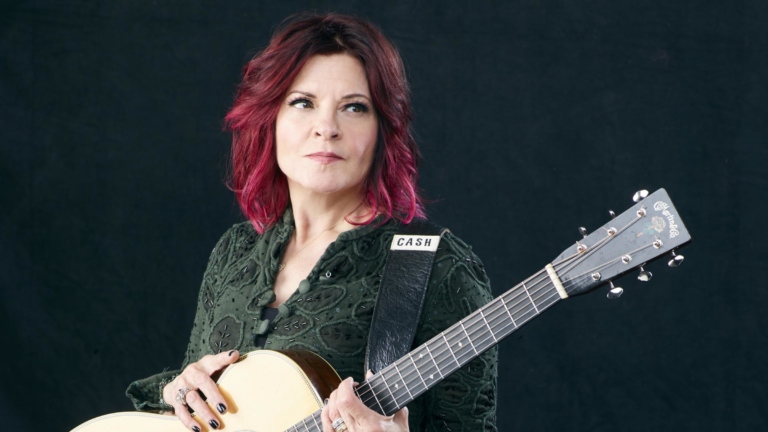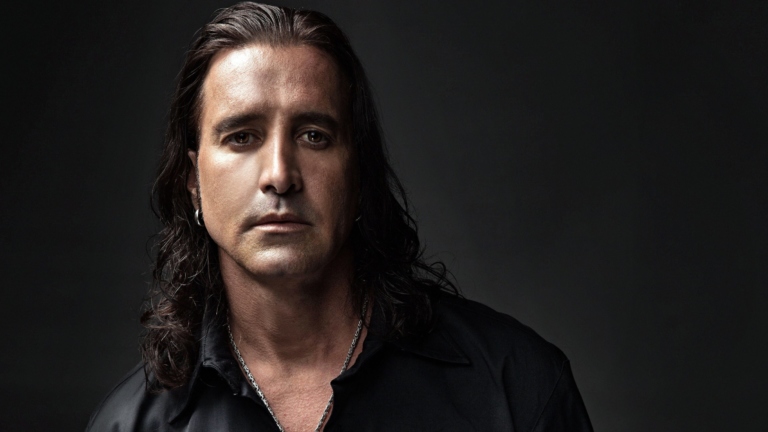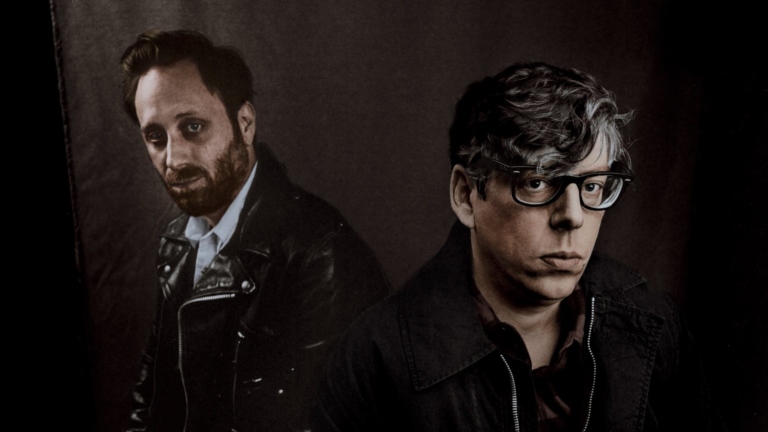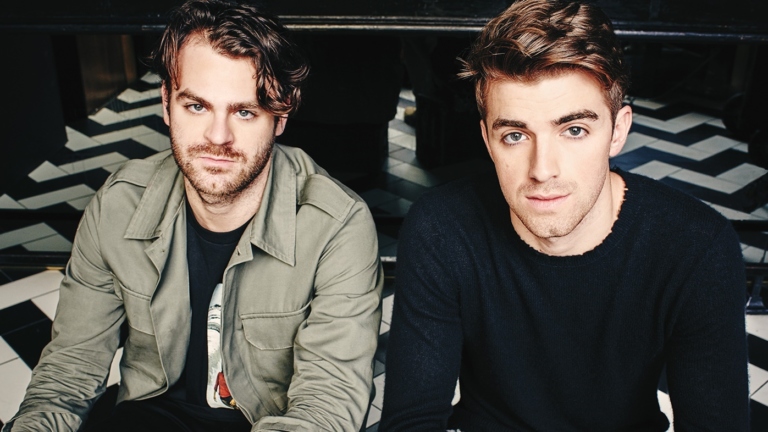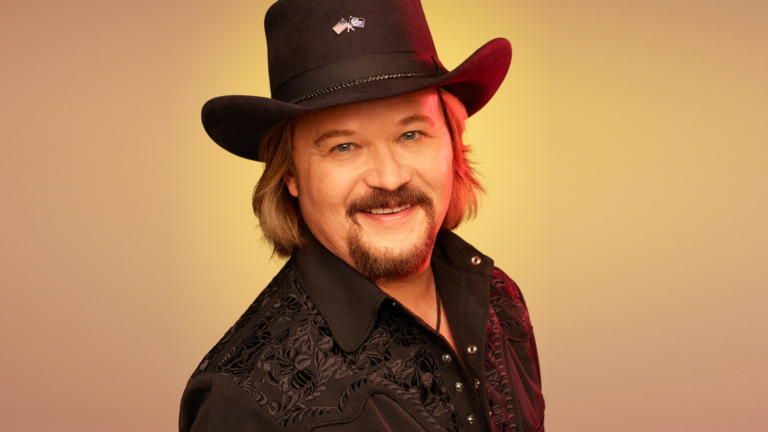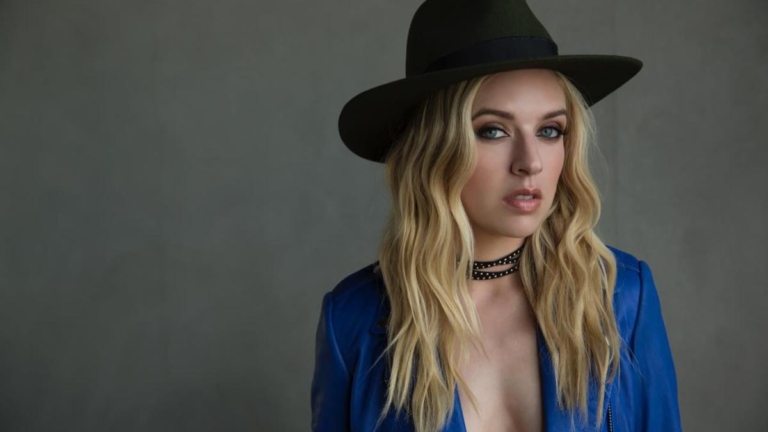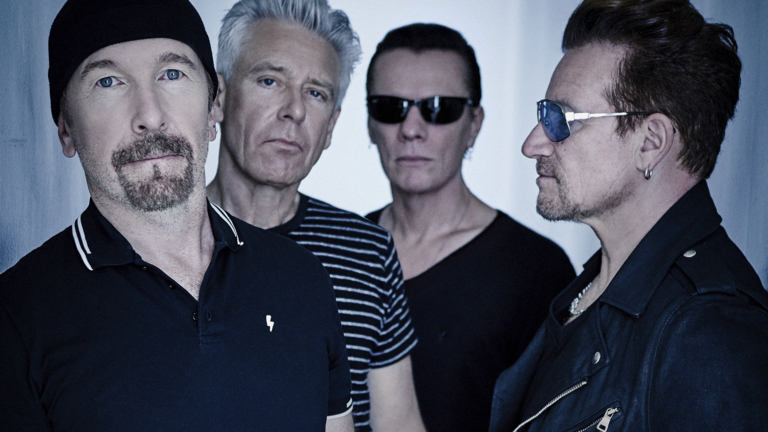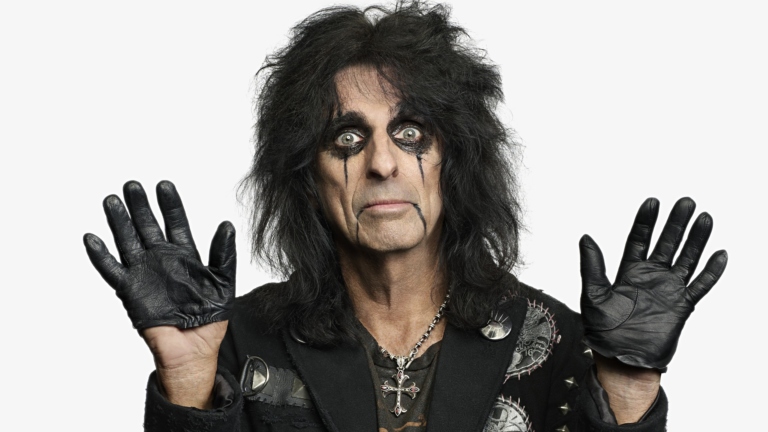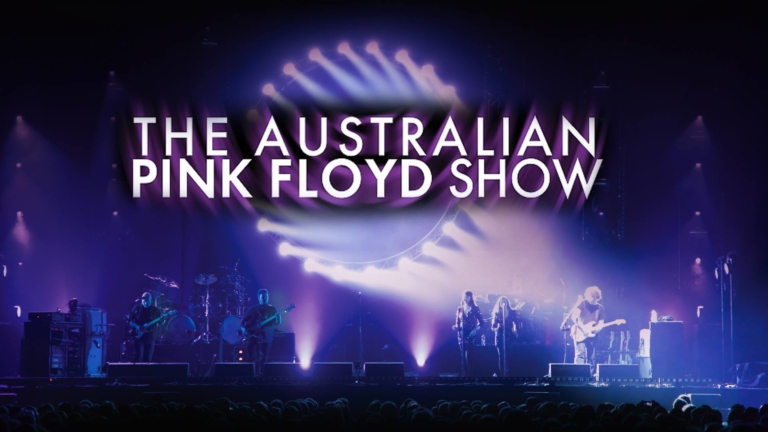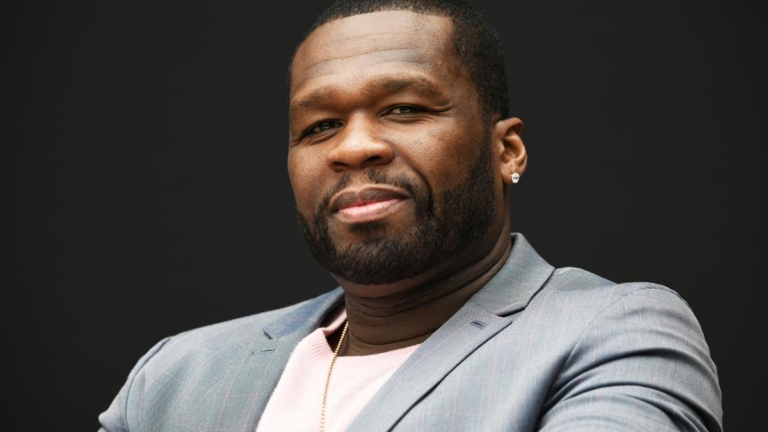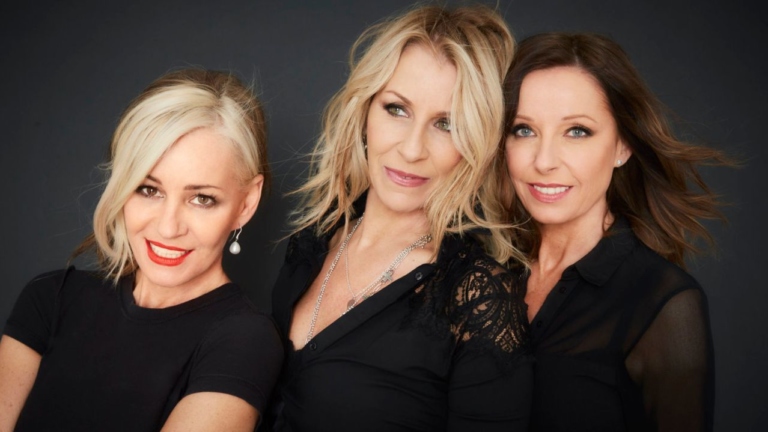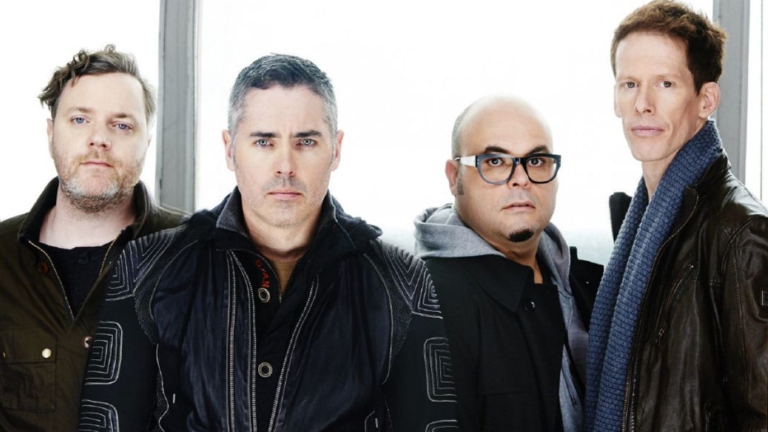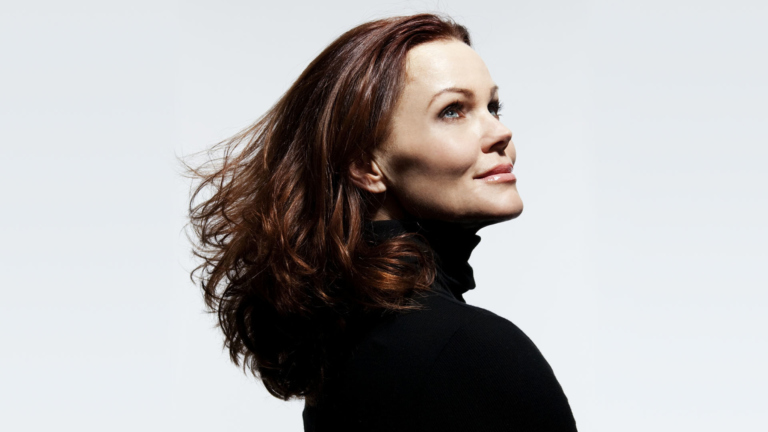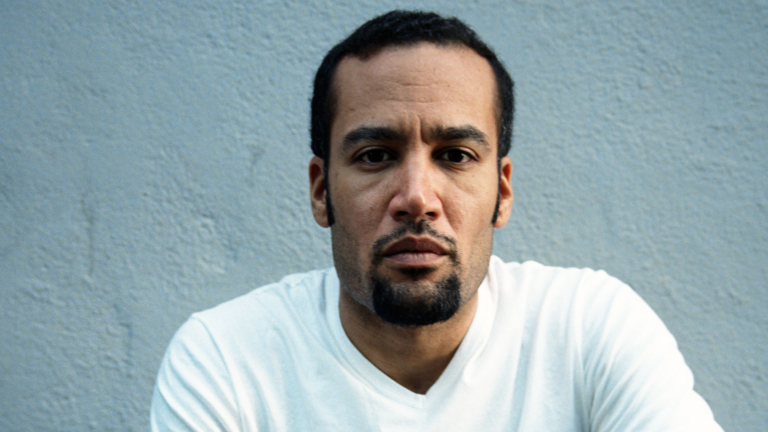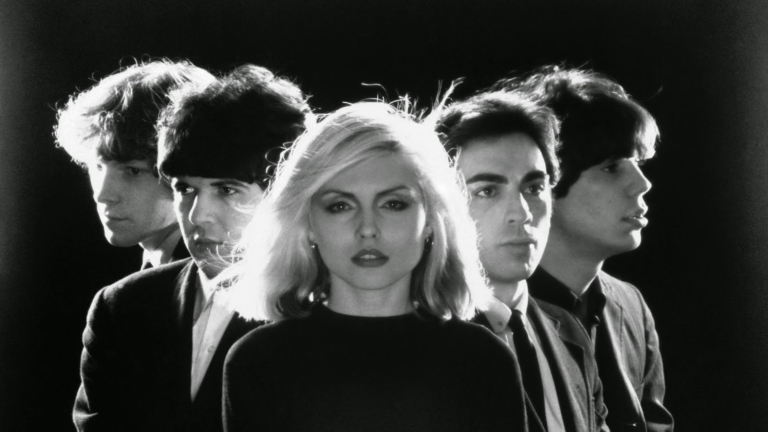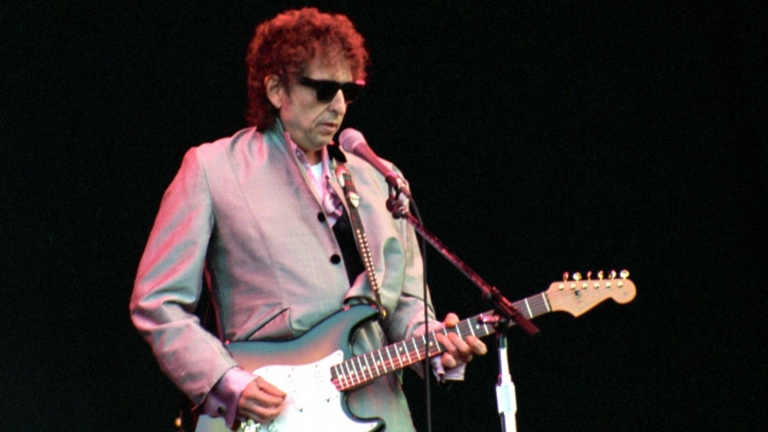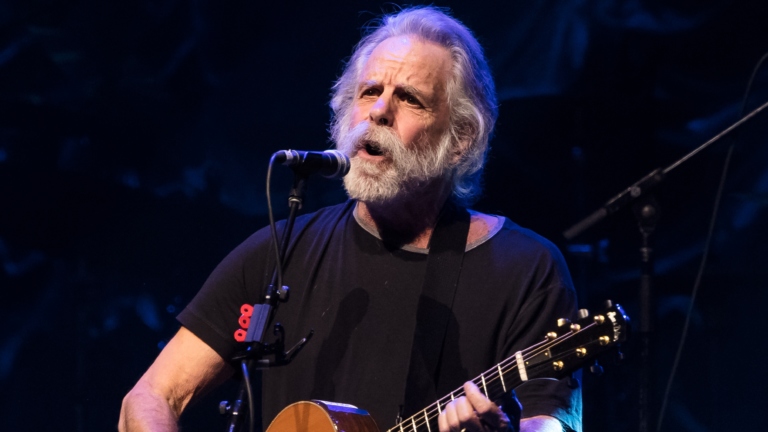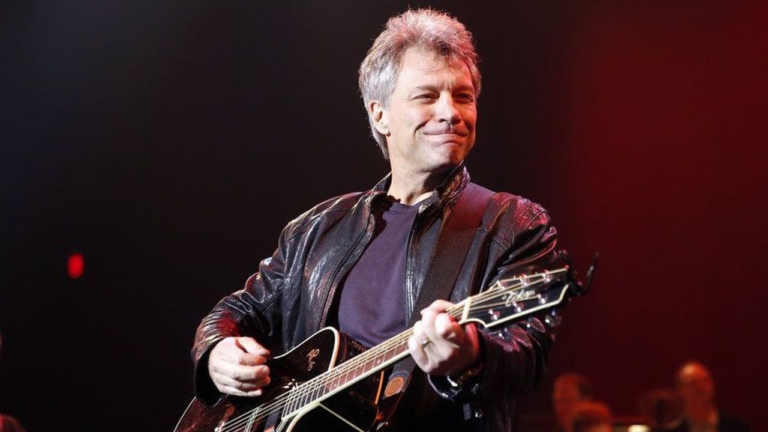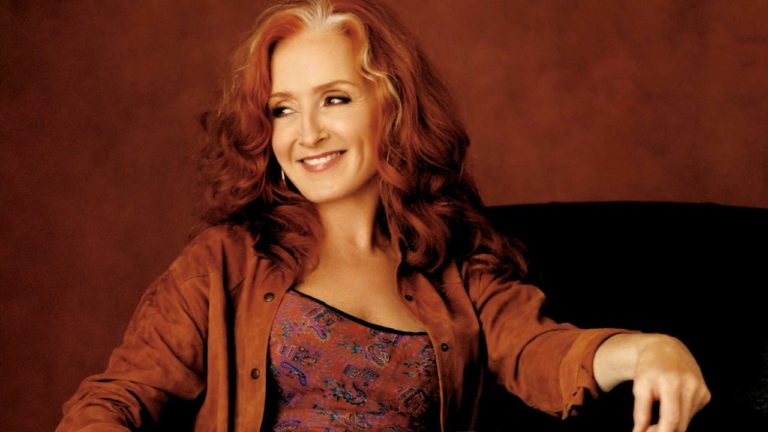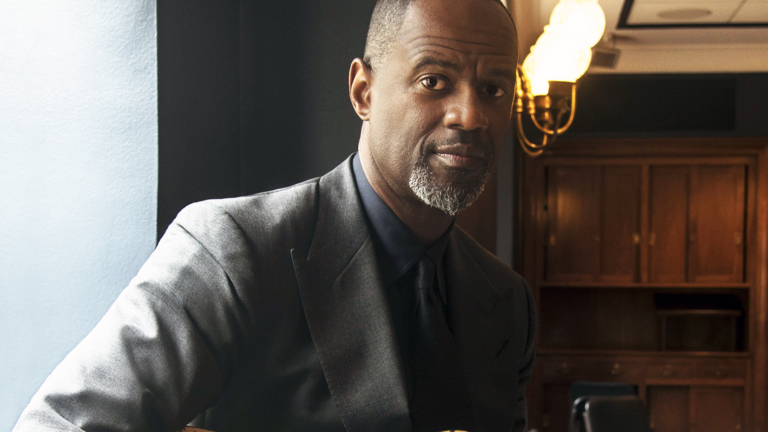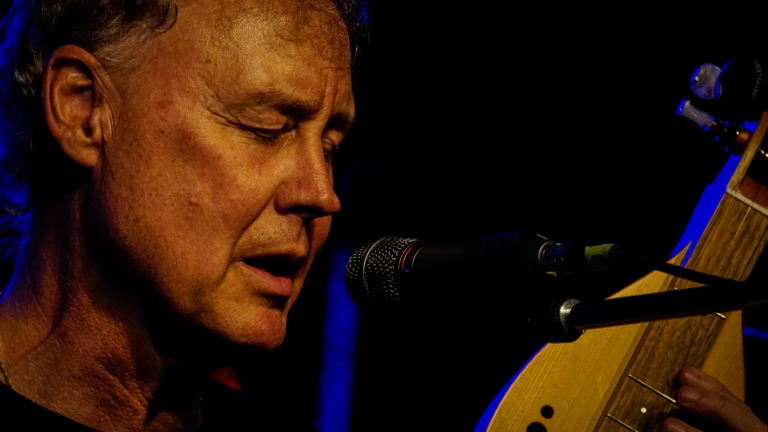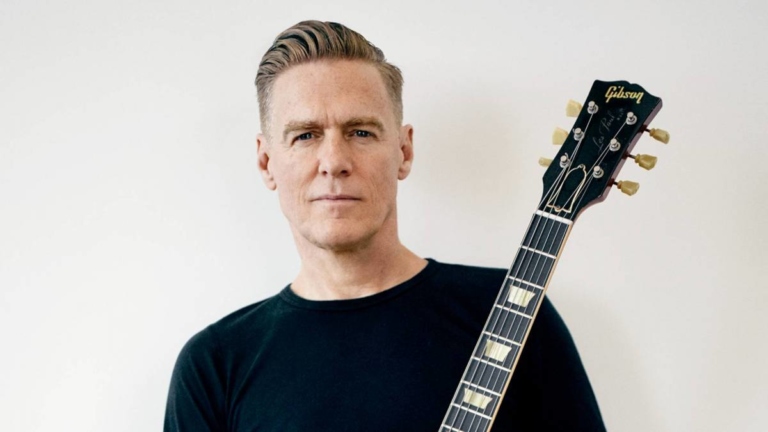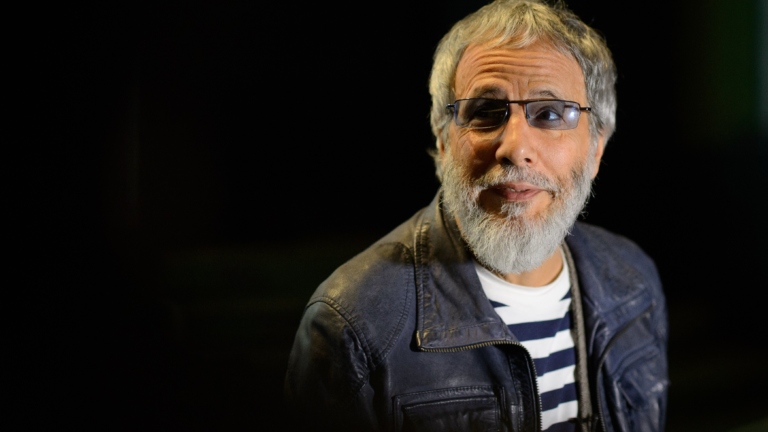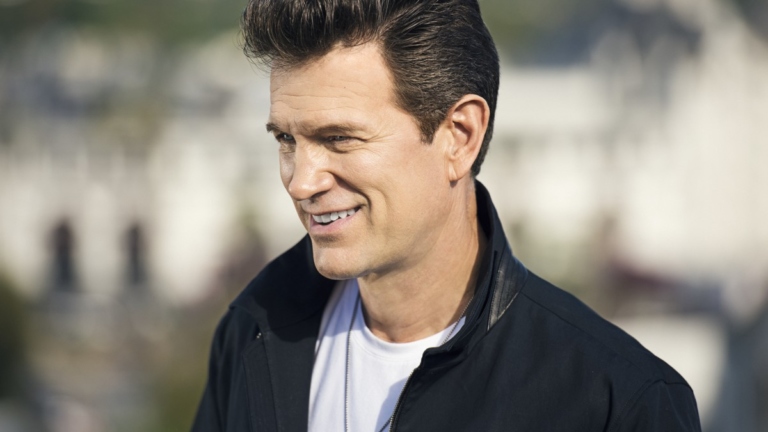About
Canadian singer and songwriter Nelly Furtado surprised listeners and critics alike in the early and mid-2000s by blending pop and rock styles with international influences reflecting her Portuguese heritage. Her first album, Whoa, Nelly! , sold two million copies on the strength of her free-spirited personal anthem “I’m Like a Bird.” After her second album did not do as well commercially, she reinvented herself in 2006 by collaborating with an accomplished hip-hop producer to craft an album with a catchy, sexy immediacy. The album, Loose , generated hit singles before it was even released and made Furtado one of music’s stars of that year.
After graduating from high school and moving to Toronto in 1996, Furtado worked a day job at an alarm company and performed as half of a hip-hop duo, Nelstar, by night, writing melodies and freestyle rhymes. Two members of the Philosopher Kings, a funk-pop band, saw her perform and offered to help her record a demo. That recording, which helped her land a record deal with Dreamworks, included many of the songs that appeared on her debut album, Whoa, Nelly! .
Released in the fall of 2000, Furtado’s debut blended rock and hip-hop with international styles, especially Portuguese fado, a slow, sad ballad style, and Brazilian bossa nova, a laid-back variety of jazz. The single “I’m Like A Bird,” a song that she told Cosmopolitan is about “following your heart and doing what’s right for you rather than settling for something that’s more comfortable,” became a hit. The song led to a huge spike in the initially slow sales of Whoa, Nelly! —the album went on to sell two million copies.
Furtado toured the United States in the spring of 2001 and opened for electronica artist Moby on his summer tour that year. When she played her first show in Portugal and sang her Portuguese song “Onde Estas?” (Where Are You?), the appreciative crowd yelled, “Fadista!,” which means “fado singer.” Meanwhile, she re-embraced hip-hop by singing on a remix of the Missy Elliott song “Get Ur Freak On,” which became a hit. At the 2002 Grammy Awards, she won for best female pop vocal performance for “I’m Like A Bird.”
In 2003, Furtado and her boyfriend, Jasper “Lil’ Jaz” Gahunia, a DJ, welcomed the birth of their daughter, Nevis. Late that year, Furtado released her follow-up album, Folklore . Her aim was to make a “modern folk record” using stringed instruments like the banjo, dulcimer, and the Portuguese ukelele, she told Stephen Mooallem of Interview .
After touring for Folklore , Furtado took a two-year break from her career. She did not need to record or perform, but when she and Gahunia broke up after a four-year relationship, she felt inspired to perform again. She solved the dilemma about where to take her career after Folklore by dedicating herself to upbeat hit-making. She wrote her next album in Miami and recorded it at the Hit Factory, where she teamed up with famed hip-hop producer Timothy “Timbaland” Mosley, whom she had worked with on “Get Ur Freak On.” The result was Loose , an album that completely embraced the pop hooks and trends of 2006 and remade Furtado as “glammed up, sexed up, and ready for the dance floor,” as Erlewine of All Music Guide put it.
The album generated two huge singles, “Promiscuous” and “Maneater.” “Promiscuous,” a duet with Timbaland, was promoted with a steamy video that co-starred Justin Timberlake. The album also included “Te Busque,” a duet with Colombian singer Juanes, and a mellow track, “All Good Things (Come to an End),” co-written with Chris Martin of the British band Coldplay. More than one writer noted that after an album full of potential nightclub hits, “All Good Things (Come to an End)” provided a perfect occasion for chilling out at the end of a night.
In November of 2006, Furtado debuted her new single from Loose , “Say It Right,” at the American Music Awards. As the year drew to a close, Furtado was in the midst of a world tour and considering new avenues for her creativity. In interviews late in 2006, she expressed an interest in acting that had grown from taking lessons to prepare for a role in an Indian film that did not get made. She was listening to a lot of contemporary American gospel music and hoping to record an album entirely in Spanish and Portuguese with Argentine producer Gustavo Santaolalla.



